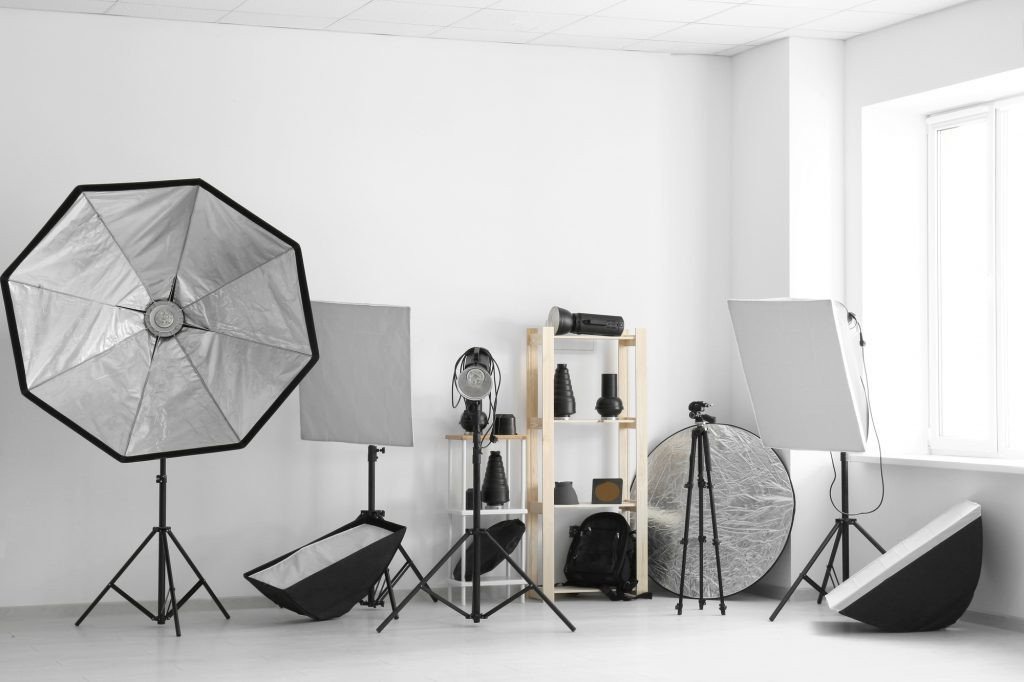The dream of every photographer is to have a space that serves their creative needs while providing the right atmosphere for their clients. A well-designed and efficiently managed photo studio is an essential element of a thriving photography business. In this article, we’ll cover some key considerations for setting up and running your photo studio, ensuring your business stands out from the rest.
1. The Layout:
Designing your photo studio begins with the layout. Depending on your photography style, you might need space for large sets, multiple backdrops, a changing area for models, or a comfortable waiting area for clients. Consider the flow of movement during a photoshoot – from equipment storage to the shooting area to the editing desk. Your layout should facilitate this flow, reducing time spent moving equipment or setting up for shots.
2. Lighting:
The flexibility and control over lighting are two of the key advantages of a photo studio. Start with a good base of ambient lighting, and invest in quality studio lights that offer a range of hard and soft light options. Consider both natural and artificial light sources. Large windows can be a blessing for a natural light photographer, but also a challenge to control. Have a range of blinds or curtains to control natural light, and consider how the changing seasons and time of day might affect your shoots.
3. Equipment Storage:
A well-organized storage system for your gear not only keeps your studio tidy, but it also saves you time and effort during a shoot. Allocate specific places for your cameras, lenses, tripods, lighting equipment, props, and backdrops. Make sure these are easily accessible and consider using labels or a color-coding system to quickly identify what you need.
4. Soundproofing:
Soundproofing is often overlooked in a photo studio, but it can be essential, especially if you are doing video shoots. Apart from preventing external noises from disrupting your shoots, soundproofing also improves the acoustics of your studio. Explore options like acoustic panels, foam, or diffusers to control the sound within your space.
5. Waiting Area:
The client’s comfort is crucial for a successful photoshoot. Create a welcoming waiting area with comfortable seating, refreshments, and entertainment options like magazines or a TV. This area also serves as a space for pre-shoot discussions and post-shoot viewing sessions.
6. Managing Bookings:
Managing your bookings efficiently is vital for running your photo studio. Consider using an online booking system to keep track of your schedule and to allow clients to book their sessions easily. An automated system can also send reminders to your clients, reducing no-shows.
7. Equipment Maintenance:
Proper maintenance of your equipment will save you money in the long run and prevent disappointing mishaps during a shoot. Schedule regular checks and cleaning for your cameras, lenses, and lighting equipment. Ensure your software is up-to-date and that your computer is running smoothly.
8. Constant Evolution:
As you grow as a photographer, your studio should evolve with you. Be open to reevaluating your layout, trying new lighting setups, or investing in new equipment. Stay informed about the latest trends and technology in the industry. Your studio should be a reflection of your growth and commitment to your craft.
Designing and managing a photo studio is an exciting journey that combines your creative vision with practical business considerations. With these tips in mind, you are well on your way to creating a space that fuels your creativity, wows your clients, and allows your photography business to thrive.


0 Comment